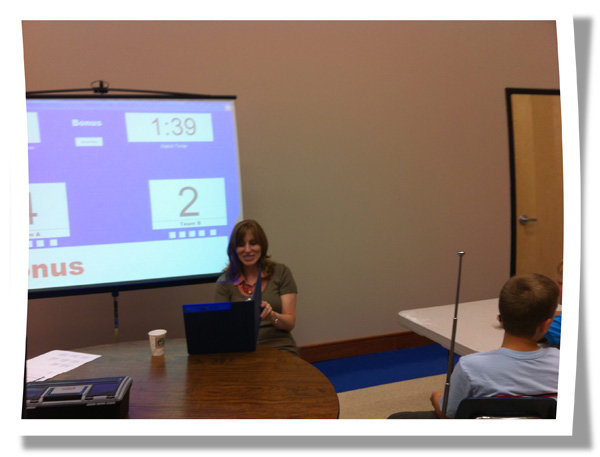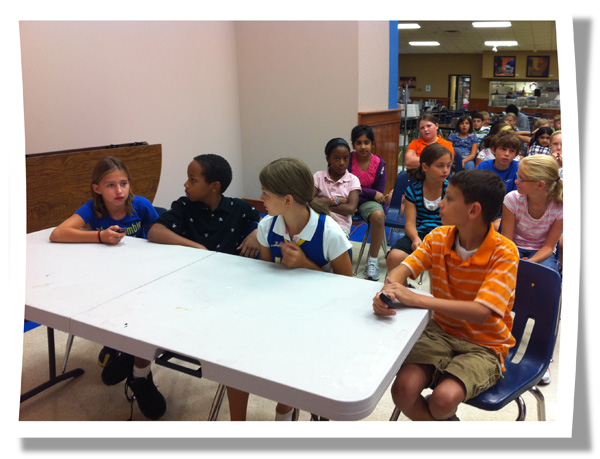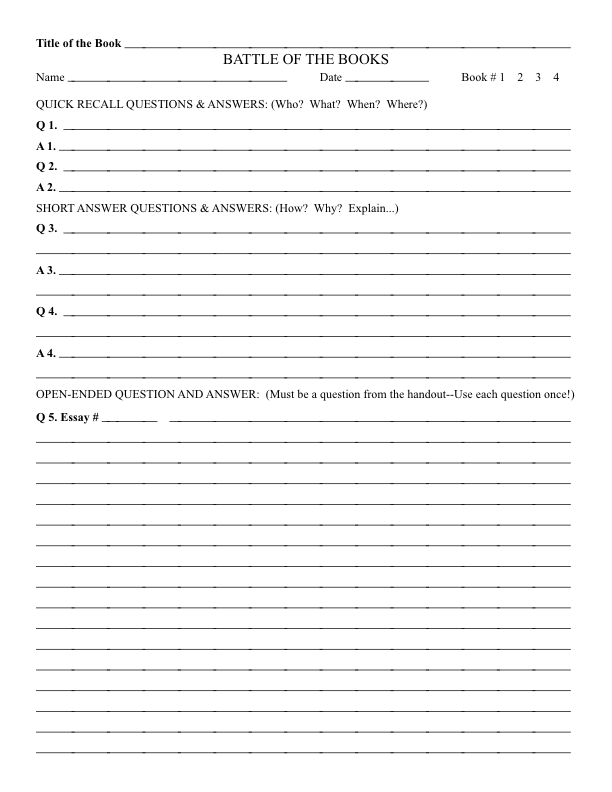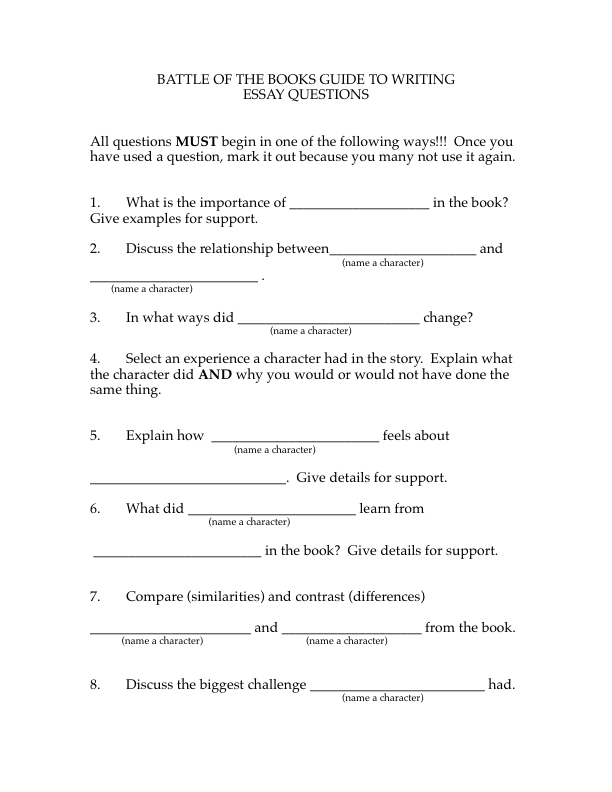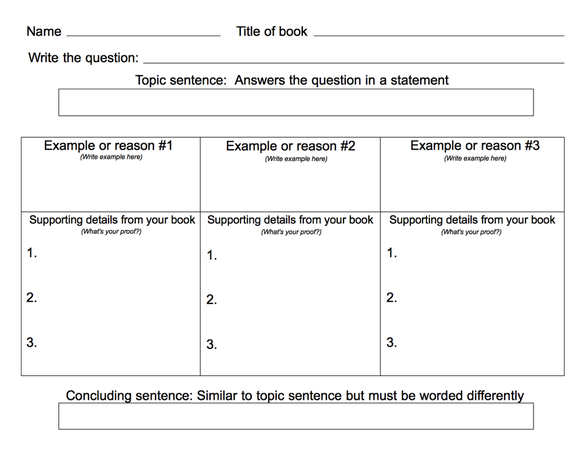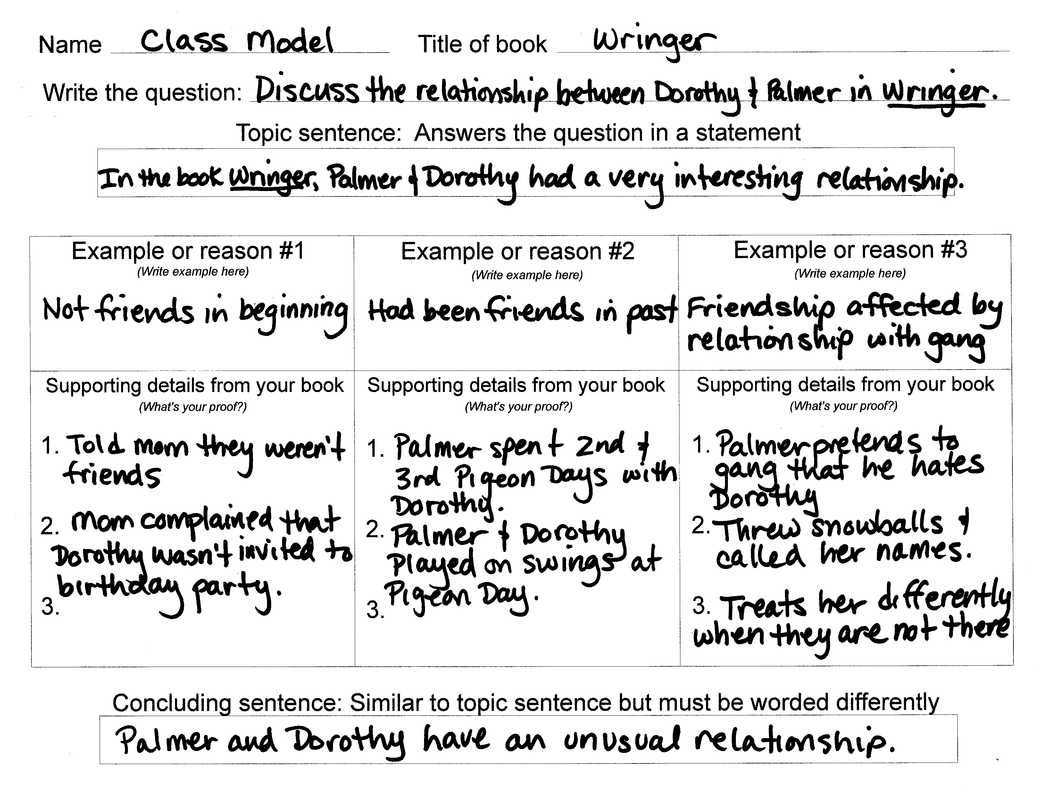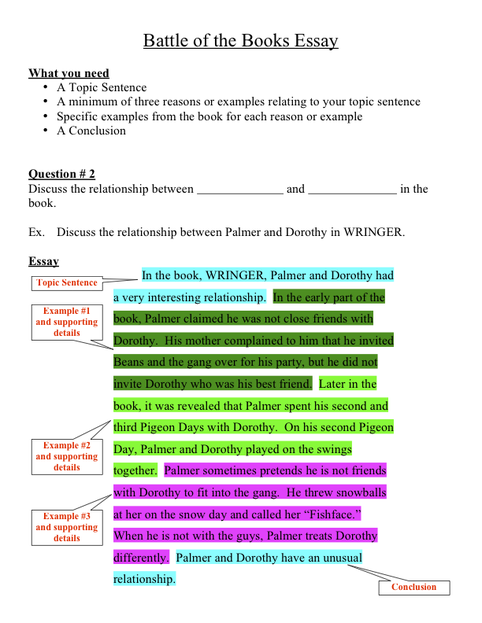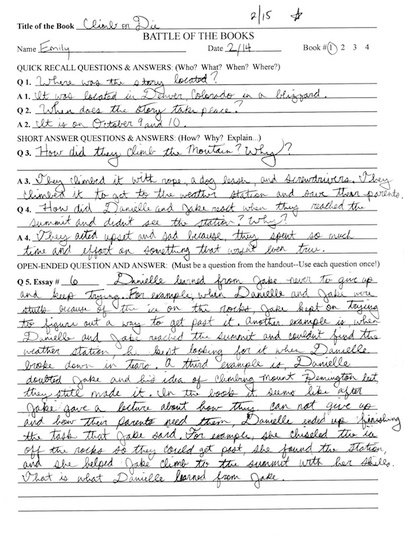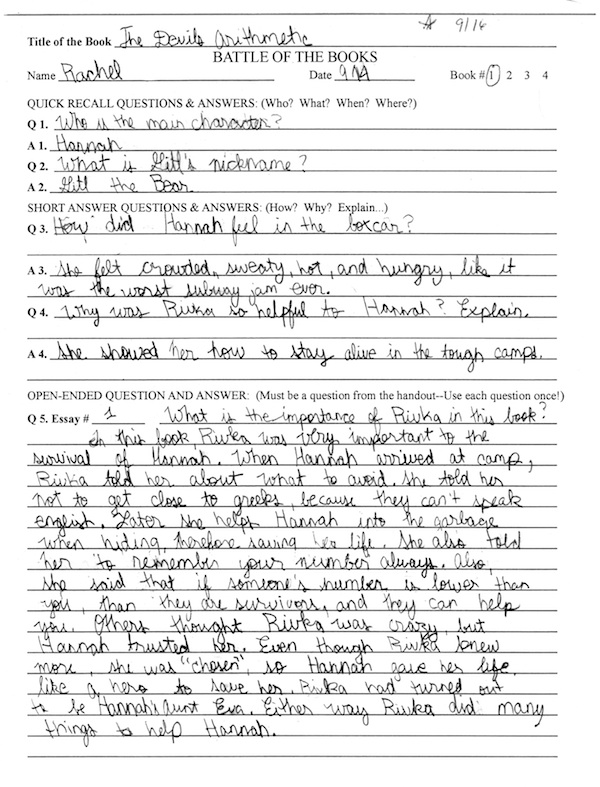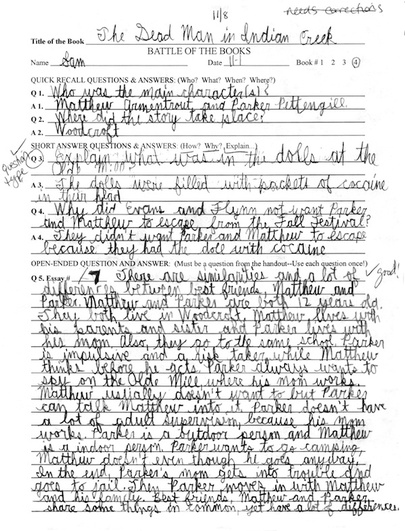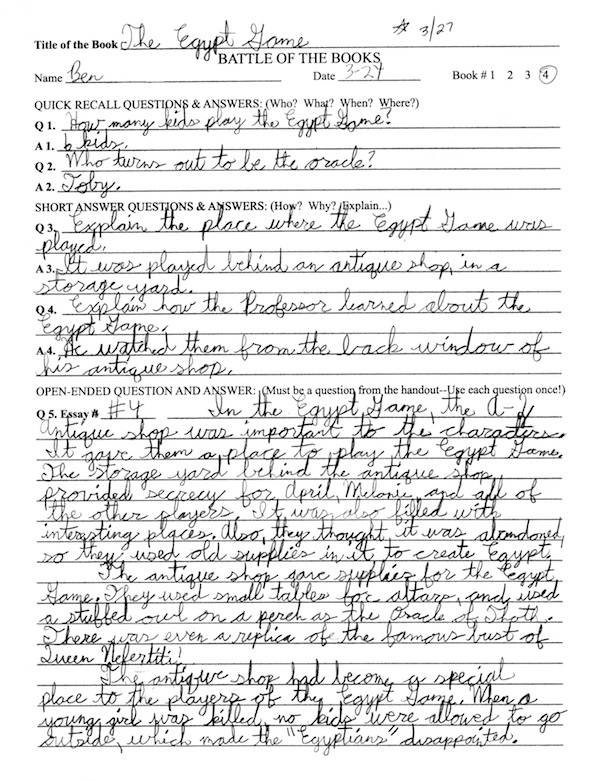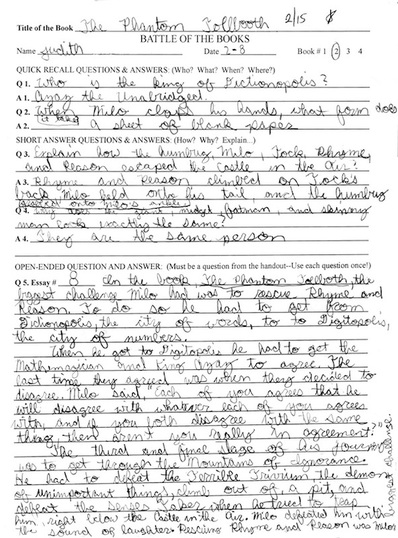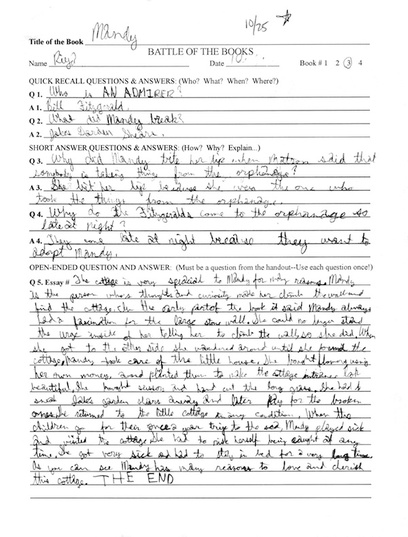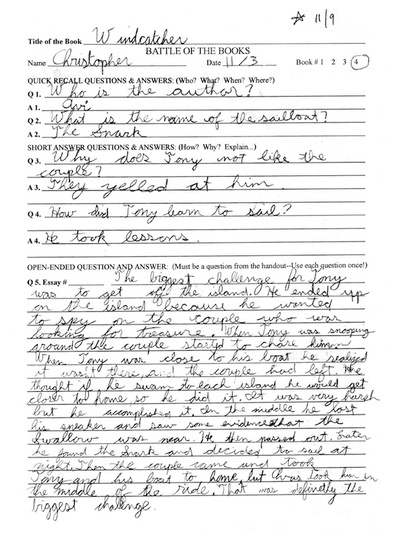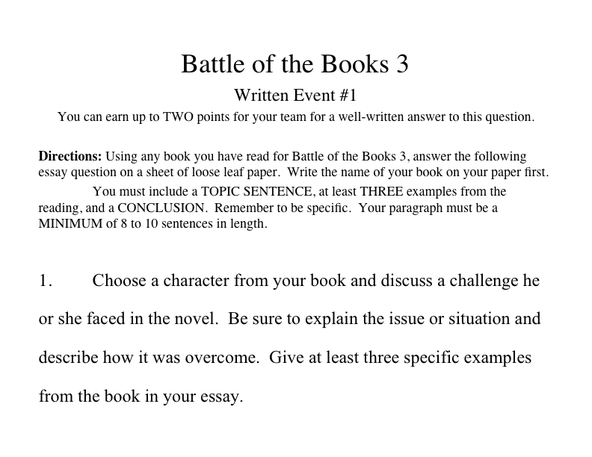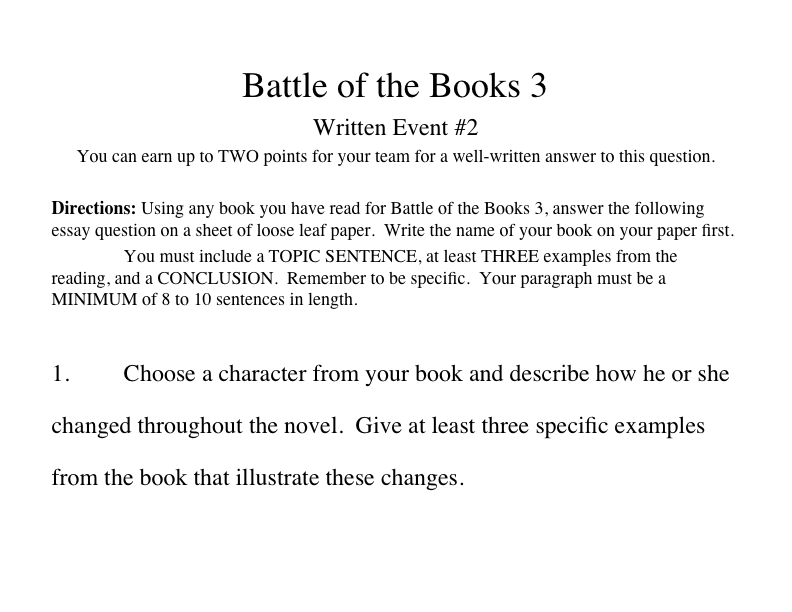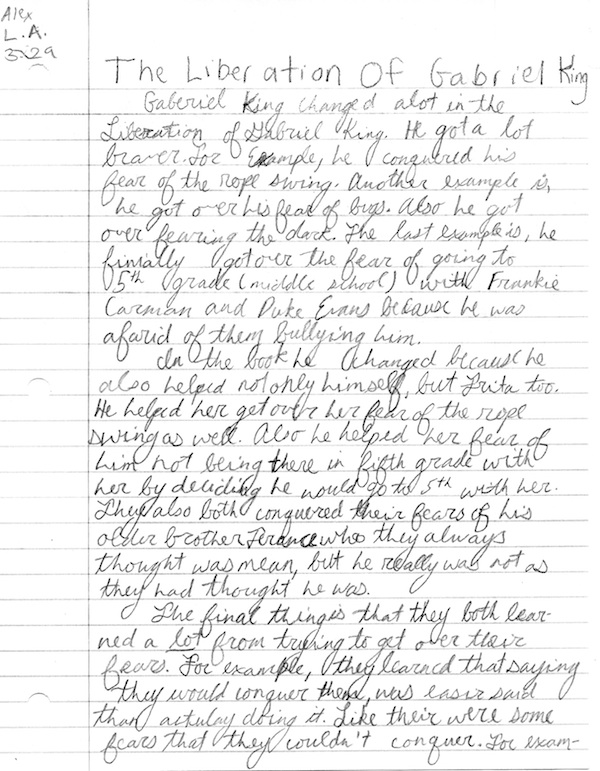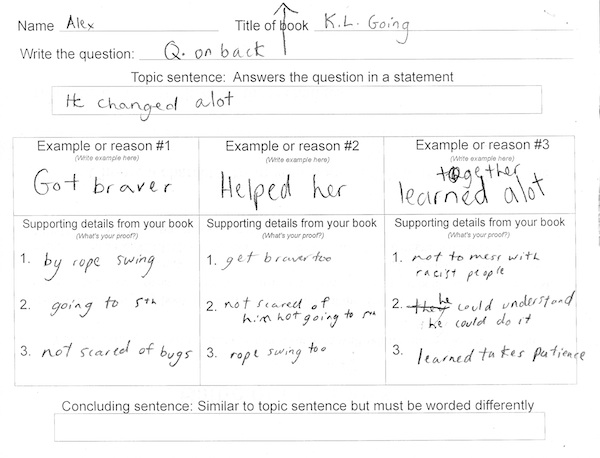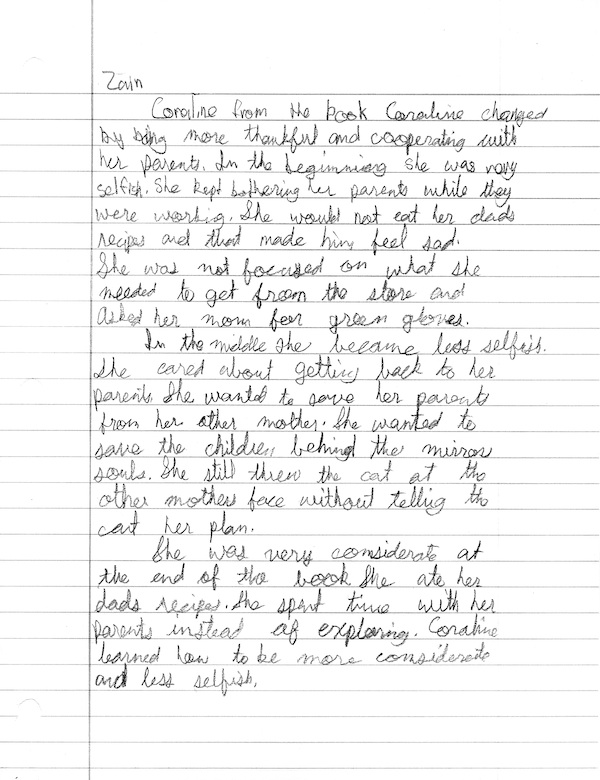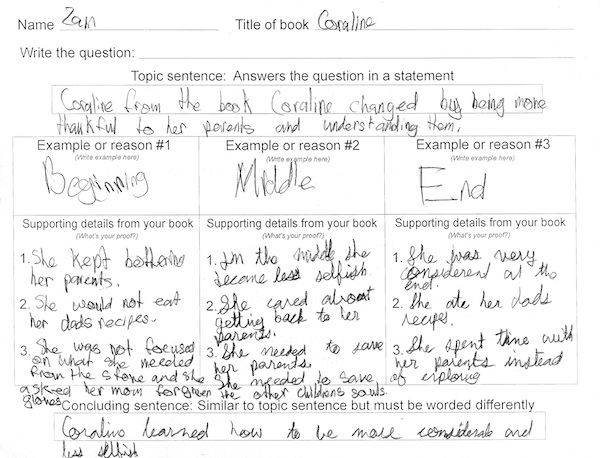
Battle of the Books
The 5th grade curriculum at my school is reading focused and many of the activities we do promote deeper and more analytical reading skills. The Battle of the Books program has been in place for many, many years and is considered a special part of the 5th grade year. It was originally based on the national America's Battle of the Books program, but we have adapted and made it our own over the years.
There are three "battles" during the year. The first is for summer reading and runs from June to August. The second runs for eight weeks between October and November and the last runs for eight weeks between February and April. For each battle, the students must read at least four books (three in the summer) from a different list of twelve books.
The 5th grade curriculum at my school is reading focused and many of the activities we do promote deeper and more analytical reading skills. The Battle of the Books program has been in place for many, many years and is considered a special part of the 5th grade year. It was originally based on the national America's Battle of the Books program, but we have adapted and made it our own over the years.
There are three "battles" during the year. The first is for summer reading and runs from June to August. The second runs for eight weeks between October and November and the last runs for eight weeks between February and April. For each battle, the students must read at least four books (three in the summer) from a different list of twelve books.
Summer Reading List - 12 Books
At the culmination of the reading, students are placed on teams and asked questions about the books that range from quick recall questions that only require a word or phrase in response (ex. Who is the author of The Egypt Game?) to short answer questions that require more explanation (ex. In The Phantom Tollbooth, explain how the cities of Dictionopolis and Digitopolis came to be.).
The Quick Recall round is especially fun for students since we use the Inquisitor wireless buzzer system. We play five minute rounds with two teams at a time. Each student is given a buzzer and may buzz in responses to the questions. If he or she has the correct answer, they win a point and the team receives a bonus question and can discuss the answer. The rounds move very fast and even students in the audience learn to be good listeners since they can pick up information about the books by listening to the previous questions.
Although developing a love of reading and improving reading skills are the primary foci of the program, building writing skills has increasingly become an important goal and a tool for assessment.
In the fall and spring Battle of the Books, students are introduced to the written component of the program. For each of the required books that they read, they must turn in five questions and answers. Two questions are quick recall (ex. who, what, when, where), two questions are short answer (ex. how, why, explain), and the last is an essay. We used to allow students to create their own essay questions, but found it was too difficult a skill for most fifth graders. Instead, we provide a list of eight question starters and students must use a different question for each book. This method has provided better modeling for students and helps them build critical thinking skills as they decide which questions to use for particular books.
In the fall and spring Battle of the Books, students are introduced to the written component of the program. For each of the required books that they read, they must turn in five questions and answers. Two questions are quick recall (ex. who, what, when, where), two questions are short answer (ex. how, why, explain), and the last is an essay. We used to allow students to create their own essay questions, but found it was too difficult a skill for most fifth graders. Instead, we provide a list of eight question starters and students must use a different question for each book. This method has provided better modeling for students and helps them build critical thinking skills as they decide which questions to use for particular books.
Planning for the essay is an important part of the writing process and one that I require all students to complete. I've used a variety of graphic organizers over the years, but below is the most recent I've developed and one which has worked well.
Using our current class study novel, I model the completion of the plan sheet with the class and we write the resulting essay collaboratively. The color-coded model below is included in their information packet for Battle of the Books so they have a copy to which they can refer later.
Below are some examples of student questions and answers. Some were acceptable the first time they were turned in and others reflect revisions that were made based on my prompts. Students must have their questions and responses approved before they can move on to the next book.
Click link or image to view in Google Docs
In addition, students take part in two in-class "Written Events" during each battle which can earn them points for their teams based on the quality of their responses. The questions are often similar to the question starters students have been given and students are encouraged to use the same planning process in preparing their responses.
Click image to view in Google Docs
Click link or image to view in Google Docs
The Battle of the Books program is an engaging and effective way to develop reading comprehension and critical writing skills. It is quite a bit of work to organize and maintain, but the payoff for student growth and achievement has definitely been worthwhile.
